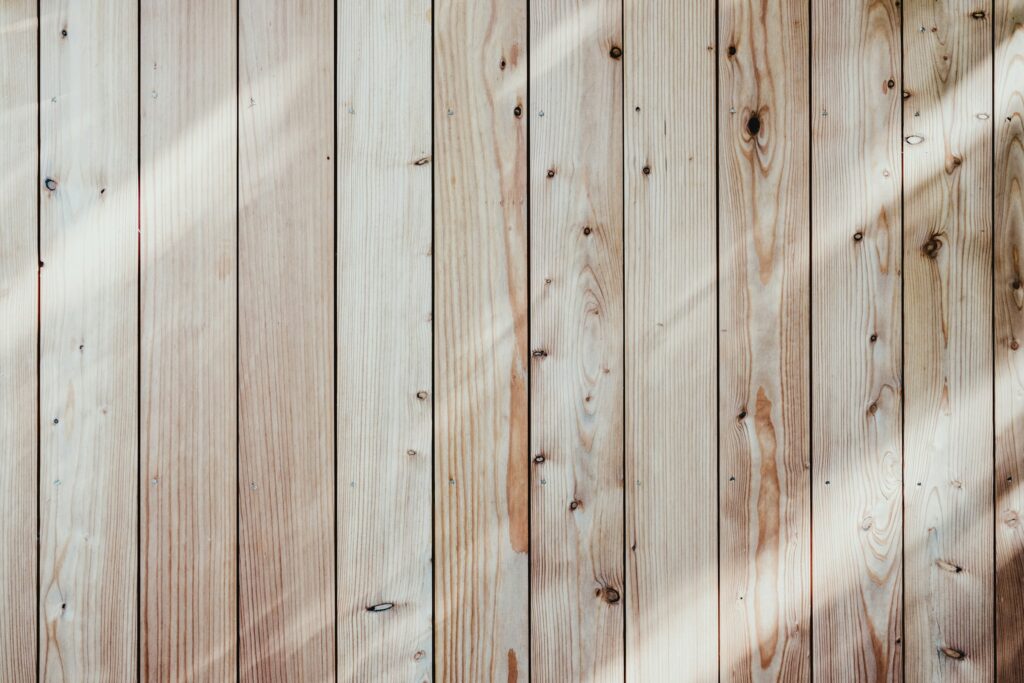Embarking on the journey of building your dream timber home is an exciting venture, but it’s essential to be aware of the various cost considerations involved. Timber home construction offers unique aesthetics, sustainability, and durability, but it’s crucial to understand the financial aspects to ensure your project stays within budget. In this blog post, we’ll delve into the key factors that influence the cost of timber home construction and provide insights to help you plan effectively.

Timber Selection
One of the primary cost considerations in timber home construction is the type of timber you choose. Various species of wood come with different price points, depending on factors such as availability, durability, and aesthetic appeal. While popular choices like cedar, pine, and Douglas fir offer affordability and strength, exotic woods can significantly increase costs. Balancing your budget with your desired timber type is crucial in controlling expenses.
Design Complexity
The complexity of your timber home design directly impacts construction costs. Intricate architectural features, such as vaulted ceilings, curved beams, or custom trusses, require skilled craftsmanship and additional materials, driving up expenses. While these design elements enhance the beauty and uniqueness of your home, it’s essential to consider their impact on your budget during the planning phase.
Site Preparation and Foundation
Site preparation and foundation work are significant cost factors in timber home construction. Building on sloped terrain, rocky soil, or environmentally sensitive areas may require extensive excavation, grading, and reinforcement, increasing construction expenses. Additionally, the type of foundation—such as a concrete slab, crawl space, or basement—affects costs, with deeper foundations typically being more expensive.
Labor and Skill
The craftsmanship involved in timber home construction contributes significantly to costs. Skilled carpenters and timber framers command higher wages due to their expertise in working with wood. Moreover, the intricate joinery and precision required in timber framing demand meticulous attention to detail, which can extend construction timelines and increase labor costs. Hiring experienced professionals ensures the quality and integrity of your timber home but comes with a higher price tag.
Insulation and Energy Efficiency
While timber homes offer natural insulation properties, ensuring energy efficiency requires additional investments. Upgrading insulation materials, installing high-performance windows and doors, and incorporating passive solar design features all contribute to upfront costs but yield long-term savings on energy bills. Evaluating the return on investment of energy-efficient upgrades is essential for balancing initial expenses with future savings.
Permits and Regulations
Navigating the regulatory landscape and obtaining necessary permits are essential steps in timber home construction, but they come with associated costs. Permit fees, environmental assessments, and compliance with building codes and zoning regulations all add to project expenses. Partnering with professionals familiar with local regulations can streamline the permitting process and prevent costly delays or fines.
Contingency Budget
Lastly, it’s crucial to allocate a contingency budget to account for unexpected expenses or changes during construction. Timber home projects are susceptible to factors such as weather delays, material shortages, or design modifications, which can impact timelines and budgets. Setting aside a buffer ensures financial flexibility and peace of mind throughout the building process.
Building a timber home is a rewarding endeavor that combines craftsmanship, sustainability, and natural beauty. However, it’s essential to approach the project with a clear understanding of the cost considerations involved. By carefully planning and budgeting for factors such as timber selection, design complexity, labor, site preparation, energy efficiency, permits, and contingencies, you can navigate the financial aspects of timber home construction effectively. With proper foresight and guidance from experienced professionals, you can achieve your dream of owning a stunning and enduring timber home without breaking the bank.